Emphasis on Vehicle Safety and Performance
An emphasis on vehicle safety and performance is increasingly shaping the Automotive Constant Velocity Joint Market. As consumers become more safety-conscious, manufacturers are compelled to enhance the reliability and efficiency of their vehicles, which directly impacts the design and quality of constant velocity joints. In 2025, the market is expected to reflect a growing trend towards integrating advanced safety features, which may include improved joint systems that contribute to overall vehicle stability. This focus on safety is likely to drive investments in research and development, with manufacturers exploring new materials and designs that enhance joint performance. Consequently, the Automotive Constant Velocity Joint Market is poised for growth as it aligns with the broader automotive industry's commitment to safety and performance enhancements.
Increasing Demand for Lightweight Vehicles
The Automotive Constant Velocity Joint Market is experiencing a notable surge in demand for lightweight vehicles. This trend is primarily driven by the automotive sector's focus on enhancing fuel efficiency and reducing emissions. Manufacturers are increasingly adopting lightweight materials and components, including constant velocity joints, to meet stringent regulatory standards. In 2025, the market for lightweight vehicles is projected to grow significantly, with estimates suggesting a compound annual growth rate of around 8%. This shift not only aids in compliance with environmental regulations but also enhances vehicle performance. As a result, the Automotive Constant Velocity Joint Market is likely to witness increased investments in research and development to innovate lightweight joint technologies that align with this growing demand.
Technological Advancements in Joint Design
Technological advancements in joint design are playing a pivotal role in shaping the Automotive Constant Velocity Joint Market. Innovations such as improved geometries and materials are enhancing the performance and durability of constant velocity joints. For instance, the introduction of advanced manufacturing techniques, including 3D printing and precision engineering, is enabling the production of more efficient and reliable joints. These advancements are expected to contribute to a projected market growth of approximately 6% annually over the next few years. Furthermore, the integration of smart technologies into joint systems may provide real-time data on performance, thereby enhancing maintenance and operational efficiency. Consequently, the Automotive Constant Velocity Joint Market is likely to benefit from these technological innovations, leading to improved product offerings and customer satisfaction.
Rising Popularity of All-Wheel Drive Vehicles
The rising popularity of all-wheel drive (AWD) vehicles is significantly influencing the Automotive Constant Velocity Joint Market. As consumers increasingly favor AWD systems for enhanced traction and stability, the demand for high-quality constant velocity joints is expected to rise correspondingly. In 2025, the market for AWD vehicles is anticipated to expand, with projections indicating a growth rate of around 7% annually. This trend is particularly evident in regions with diverse weather conditions, where AWD vehicles are preferred for their performance. Consequently, manufacturers within the Automotive Constant Velocity Joint Market are likely to focus on developing specialized joints that cater to the unique requirements of AWD systems, thereby driving innovation and market growth.
Expansion of Automotive Production in Emerging Markets
The expansion of automotive production in emerging markets is a crucial driver for the Automotive Constant Velocity Joint Market. Countries such as India, Brazil, and Mexico are witnessing a surge in automotive manufacturing, fueled by increasing consumer demand and favorable government policies. This growth is expected to create substantial opportunities for constant velocity joint manufacturers, as the need for reliable and efficient components rises. In 2025, the automotive production in these regions is projected to grow by approximately 10%, leading to a corresponding increase in the demand for constant velocity joints. As a result, the Automotive Constant Velocity Joint Market is likely to see heightened competition and innovation as manufacturers strive to meet the evolving needs of these burgeoning markets.
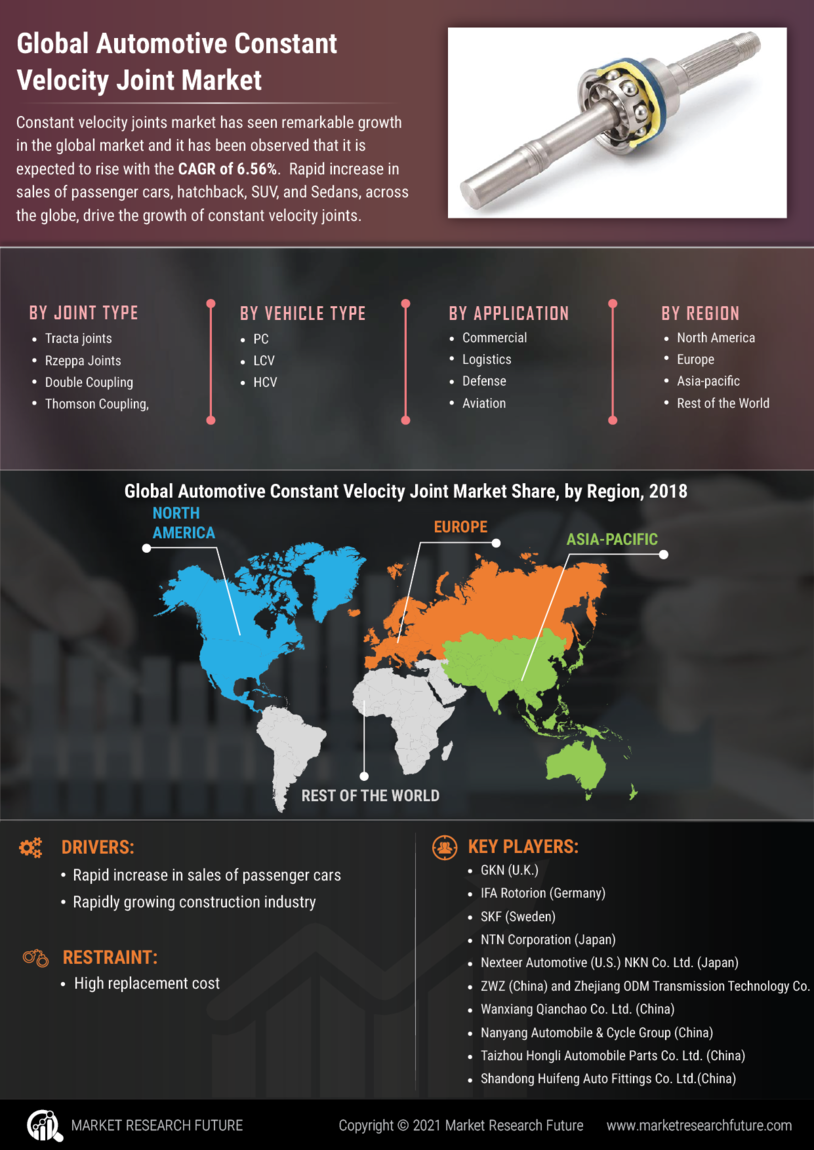

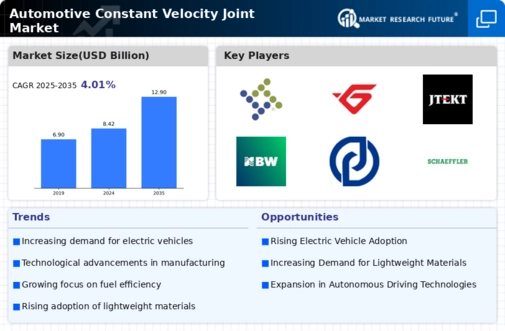
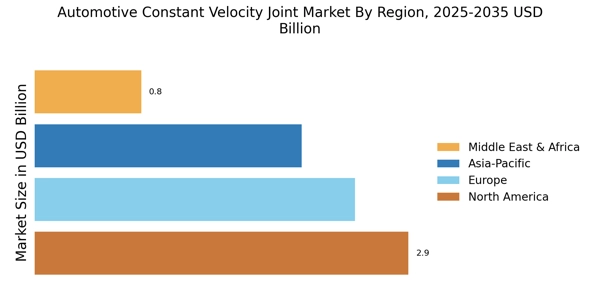
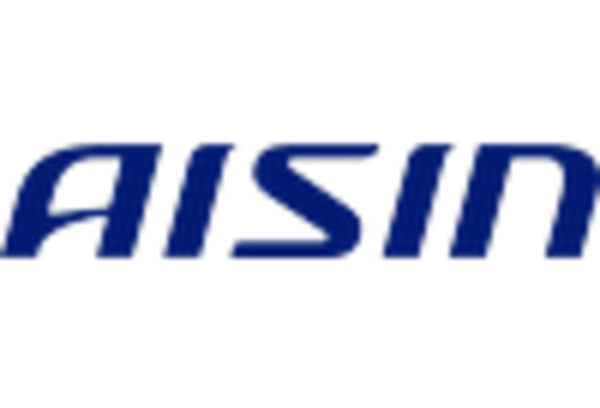
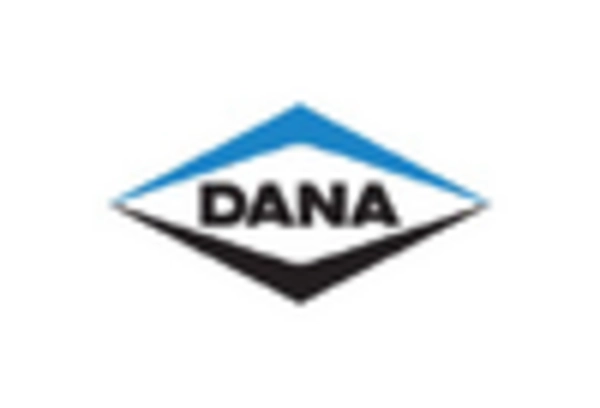
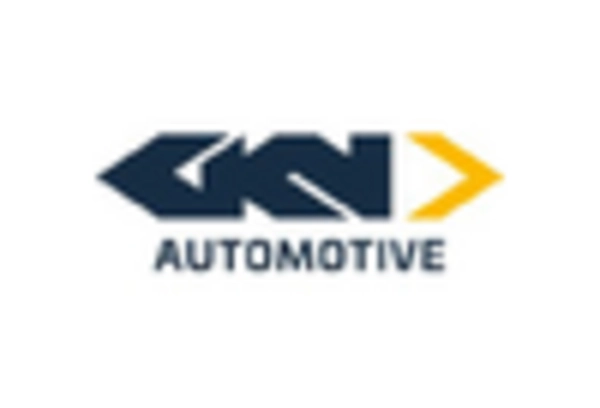
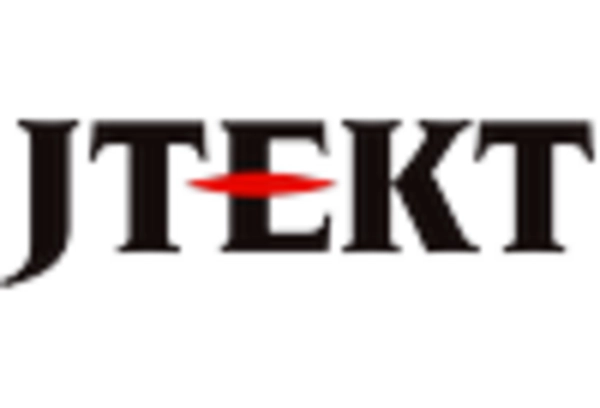
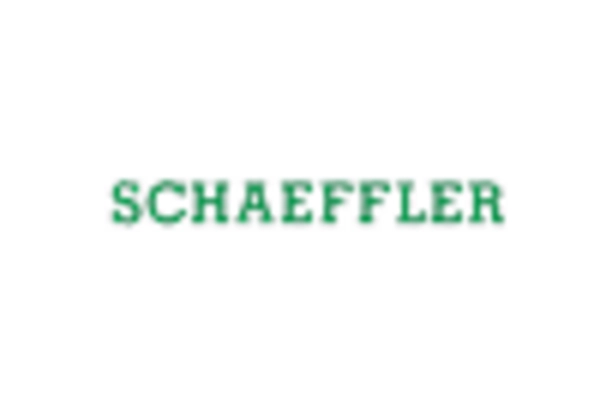
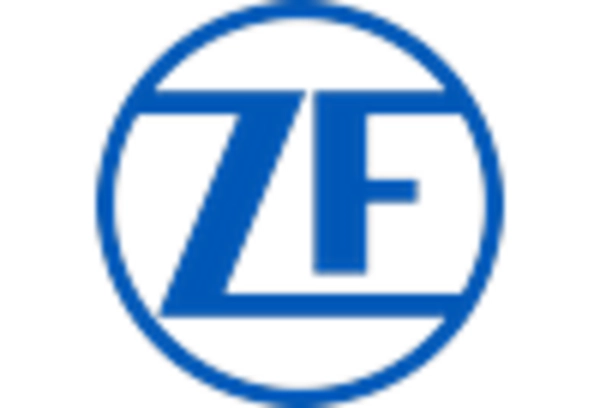








Leave a Comment